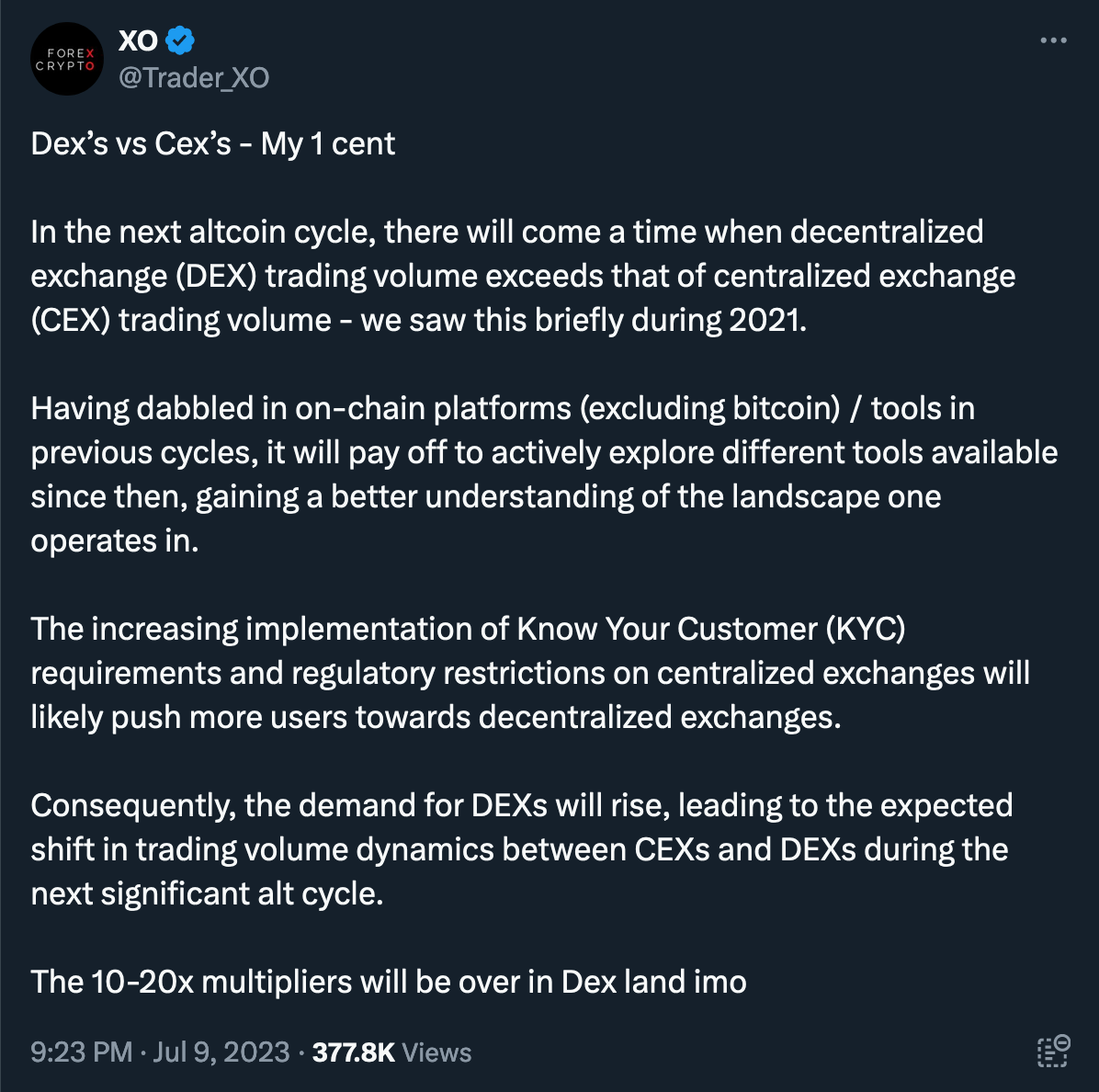Crypto's initial promise and core principle was decentralization, challenging the dominance of centralized institutions and proposing a new model for ownership and governance to unlock the full potential of internet and peer-to-peer systems.

The introduction of Bitcoin marked the creation of the first widely adopted peer-to-peer asset, demonstrating a significant product-market fit. The second big wave came from smart contract platforms such as Ethereum and Solana, which introduced a new layer of decentralization, albeit with ongoing debates about their degree of decentralization. Although with more than 260 million unique addresses on Ethereum, more than 500,000 daily active users, and over 100 million people holding Ether, their impact is undeniable.
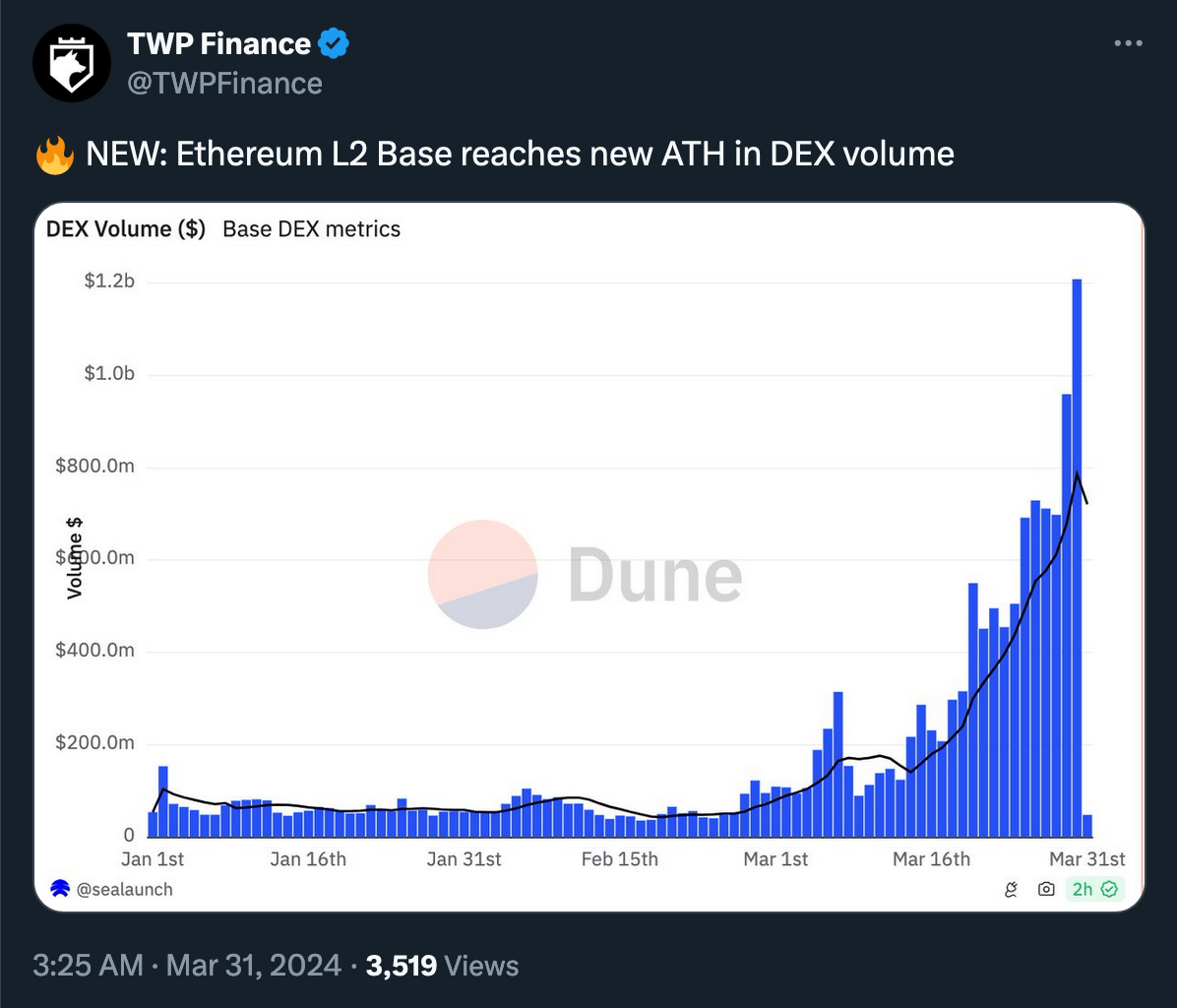
Now, the question is, what will be the next major area of innovation and adoption in crypto? While predicting the future is inherently uncertain, something interesting is happening with exchanges right now.
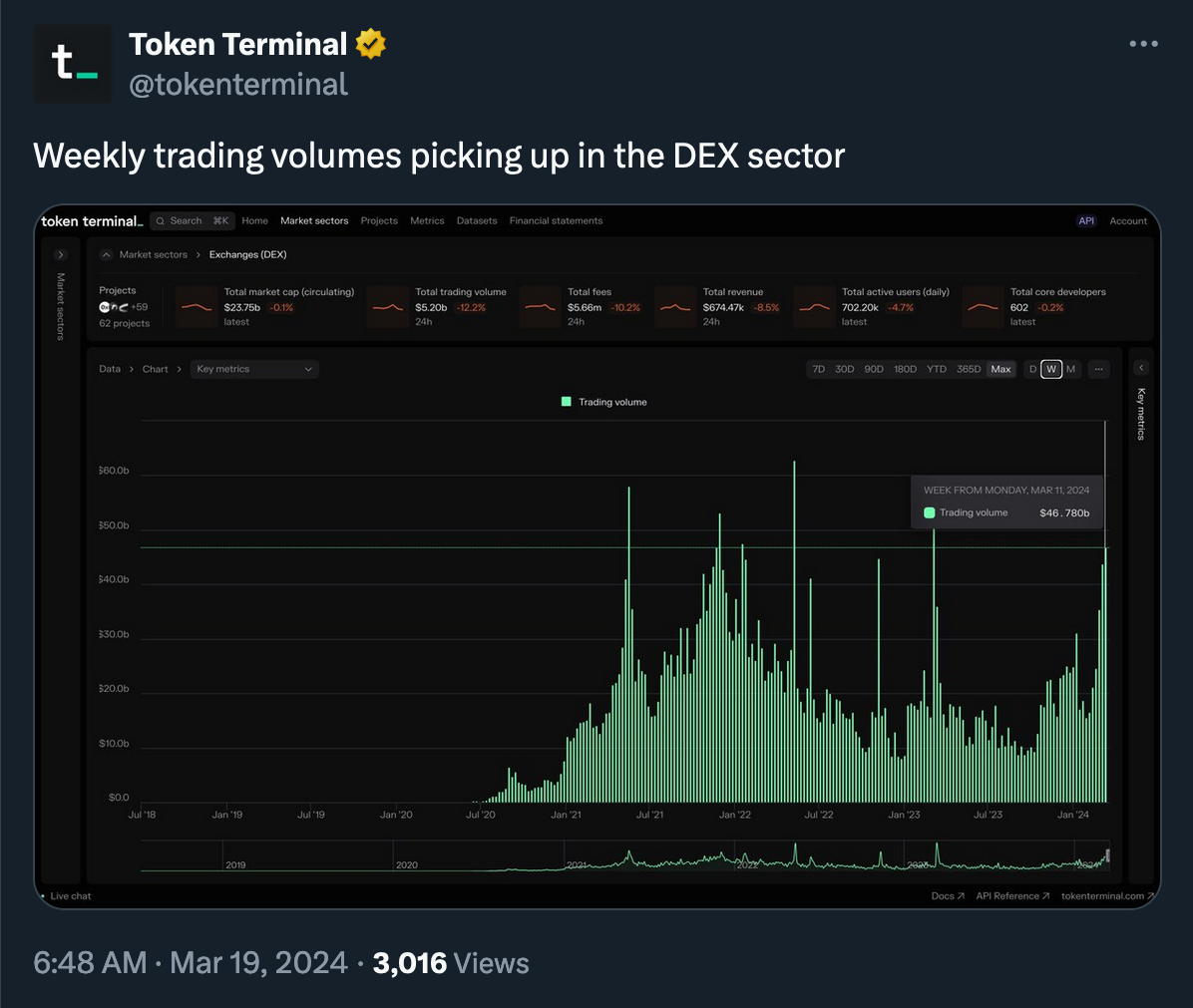
I talk about the surge in the DEX's activity. For example, it's worth noting how Uniswap now boasts over 2.5 million monthly active users, processing billions in transactions across multiple blockchains.
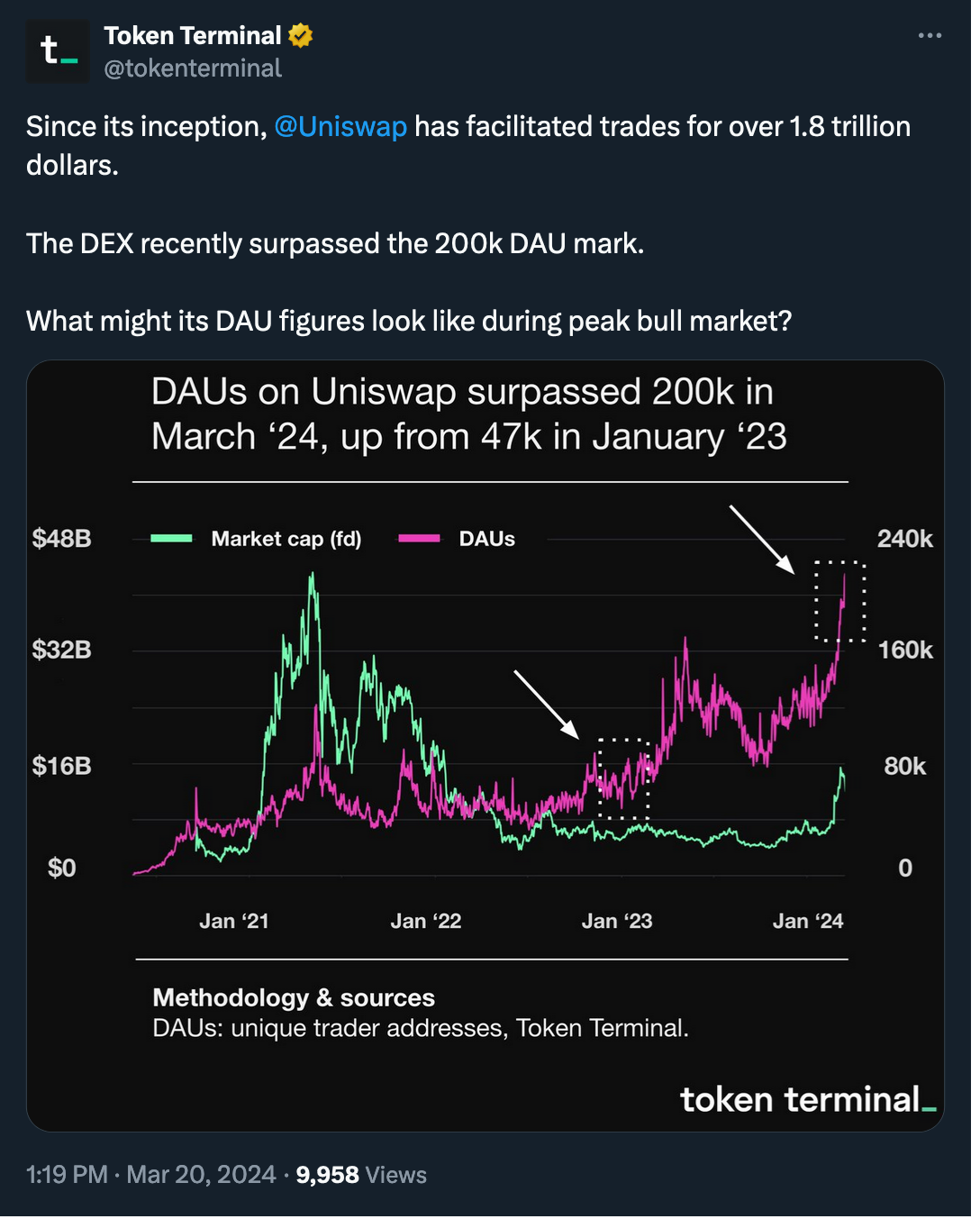
Uniswap’s activity on Base (the new blockchain from Coinbase) has also been surging. The trading volume on the decentralized exchanges built on Base aligns precisely with how you would want them to look if you were trying to find product-market fit.
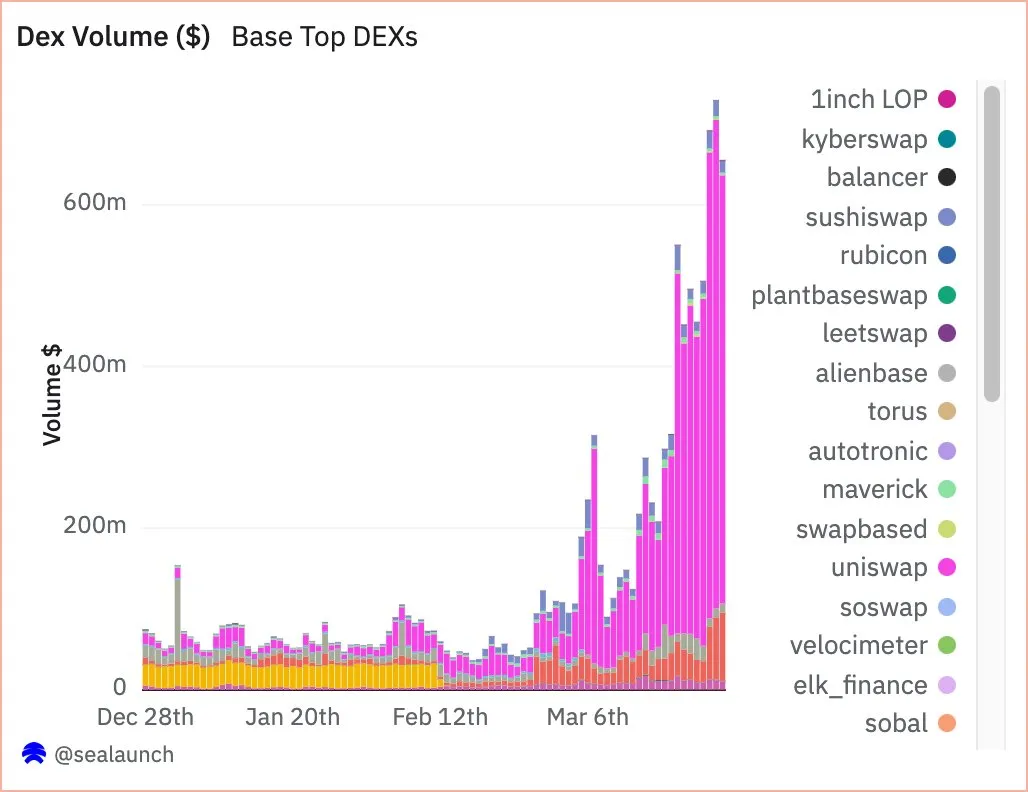
(Source: A. Pompliano letter)
This is an essential development because Coinbase, one of the most popular centralized exchanges, has apparently realized they can be a major player in the decentralized game as well, and it's definitely not a solely altruistic move.
On the one hand, by adopting a decentralized model, they become more crypto-native and resilient amid increasing regulatory pressures globally. On the other hand, the financial incentives are substantial: Coinbase stands to profit significantly from it if successful. According to Defi Llama’s 0xngmi, Base has already achieved a $500 million annualized run rate, with momentum continuing to accelerate.
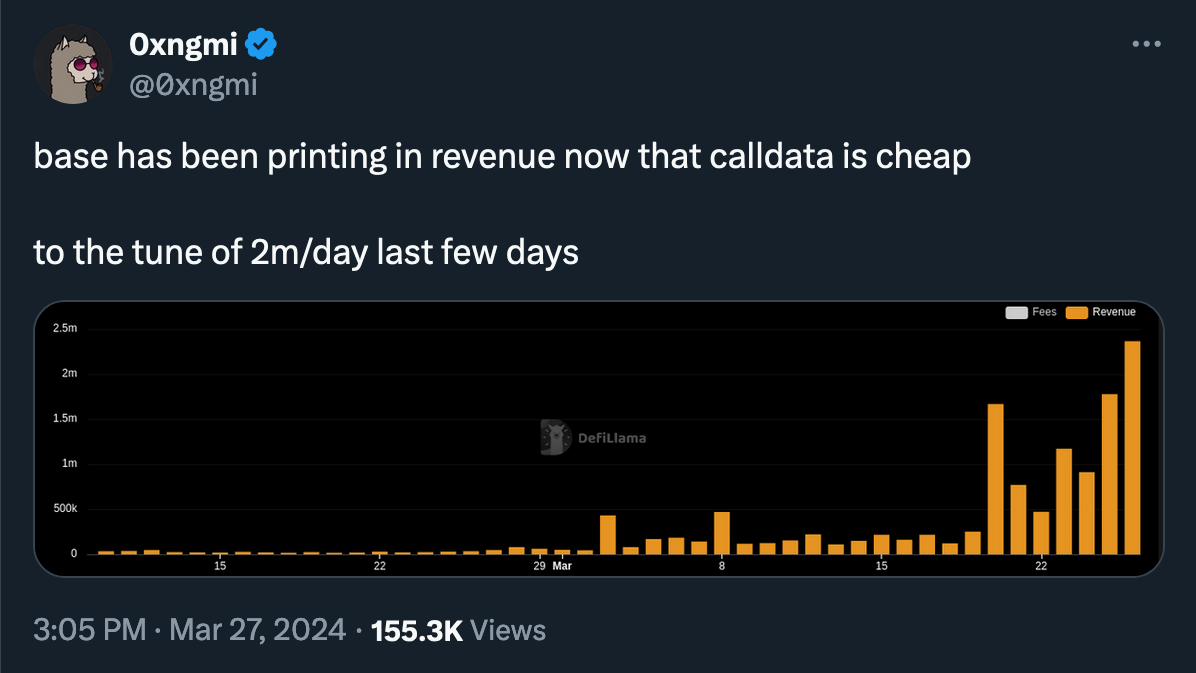
Coinbase and Base are not the only notable players in the sector. For example, Erik Vorhees of ShapeShift recently outlined the success of their shift from a centralized entity to a decentralized interface for DEXs.
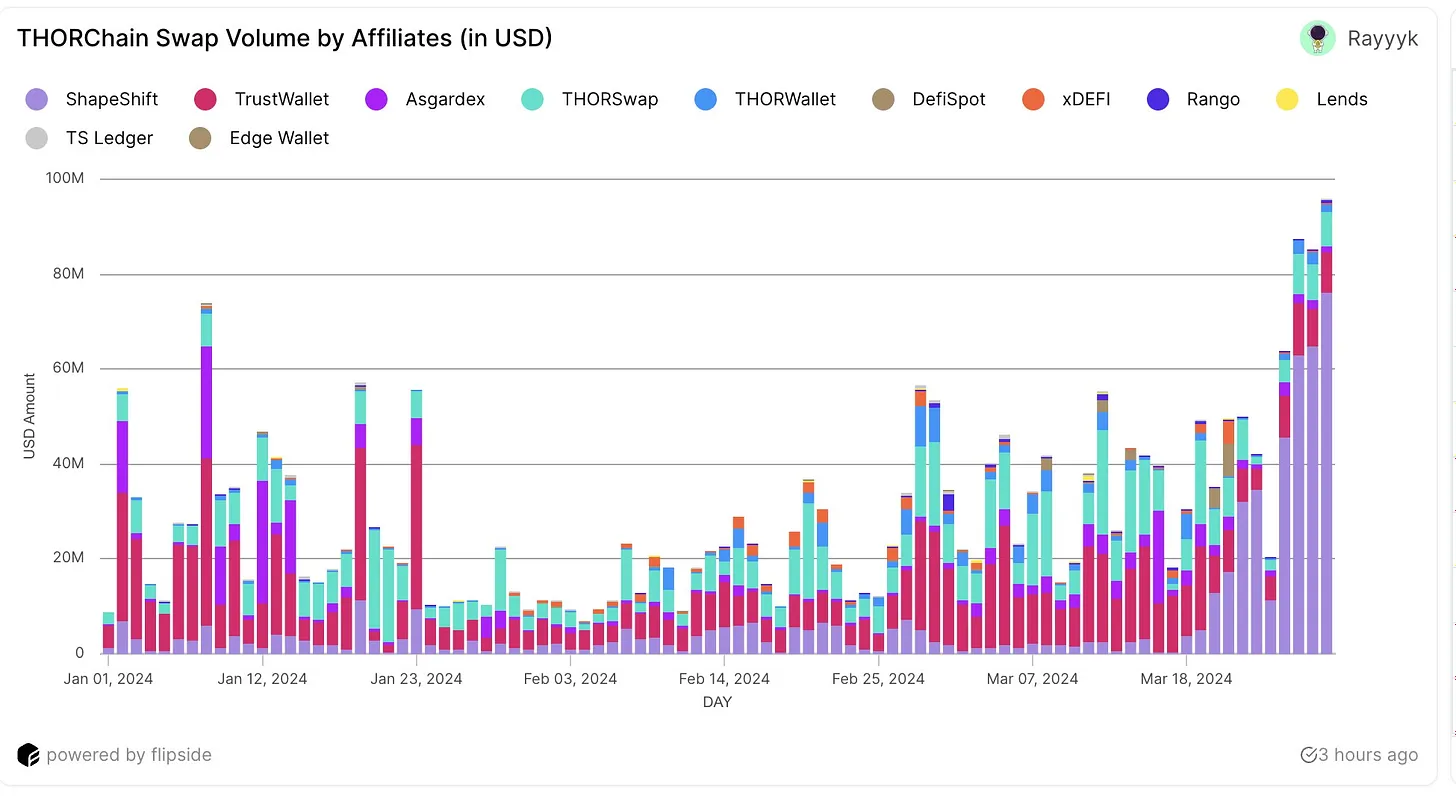
(Source: A. Pompliano letter)
These decentralized exchanges are seeing significant trading volumes, and the underlying blockchains are becoming very interesting pieces of infrastructure that can’t be ignored.
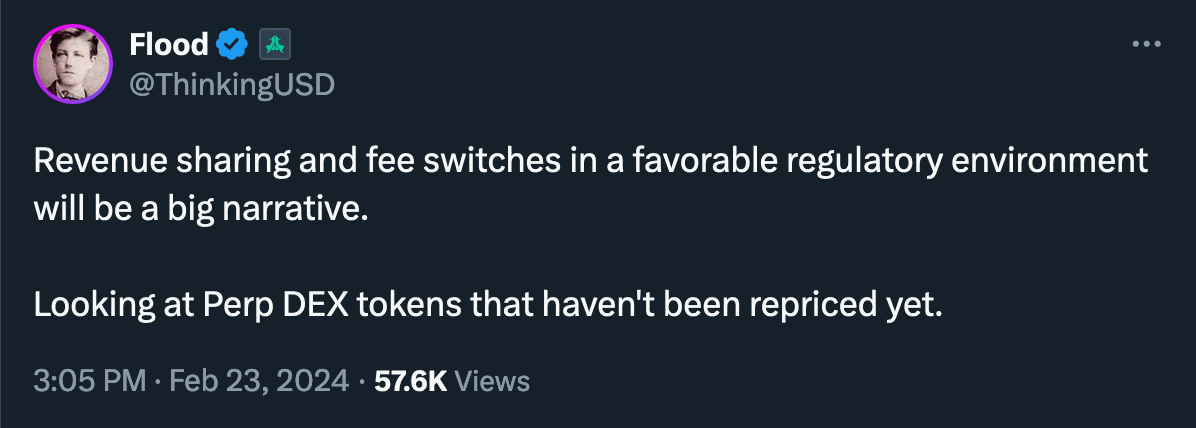
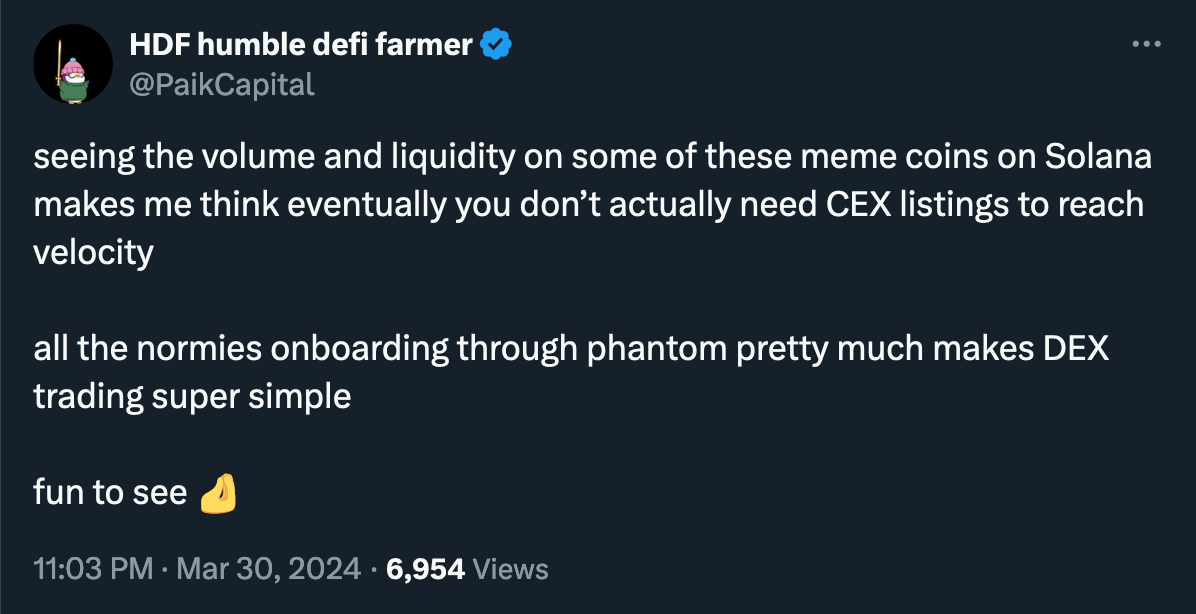
Although it's premature to declare a complete success, these developments underscore the increasing embrace of decentralization beyond Bitcoin and smart contract platforms, inching closer to fulfilling crypto's foundational decentralization promise.
